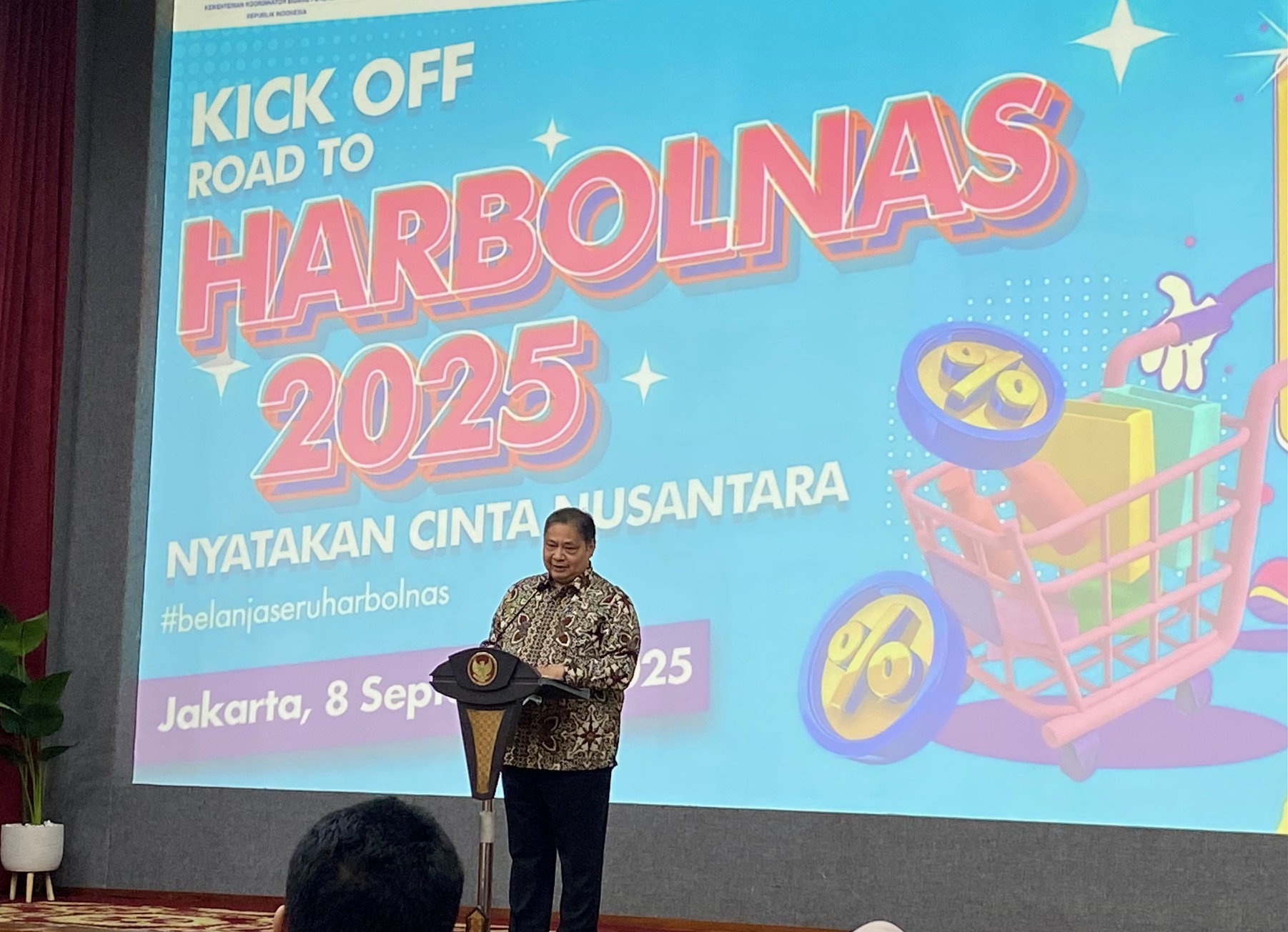Indonesia is gearing up for a high stakes digital shopping season. The government has publicly set a Harbolnas 2025 transaction target Rp35 trillion, an aggressive goal that puts national attention on how online retail, UMKM sellers, logistics, and payment systems operate together. Harbolnas has grown beyond a marketing event and now functions as a barometer for digital consumption, local entrepreneurship, and how the digital economy is translating into real household spending.
In this article I will explain the government’s rationale, the actions needed to hit the Harbolnas 2025 transaction target Rp35 trillion, and what merchants and platforms should prioritize. The analysis uses plain language, practical examples, and actionable takeaways for sellers, platforms, and policymakers.
The Government Ambition and Strategic Rationale
The stated Harbolnas 2025 transaction target Rp35 trillion reflects more than optimism. Policy makers view Harbolnas as a moment to concentrate demand, stimulate consumer spending, and direct attention toward Indonesian micro small and medium enterprises. That is why a central part of the plan is increasing the proportion of local goods sold during Harbolnas and using the event to channel consumers toward domestic brands.
Two practical motives stand out. First, concentrating retail promotions over a limited timeframe amplifies marketing efficiency and consumer participation. Second, coupling online sales with offline activations gives local sellers credibility and a broader audience. For government planners, the hope is that a successful Harbolnas will create lasting habits in online shopping, not just a one week surge.
How UMKM and Local Products Drive the Target
UMKM sellers are central to meeting the Harbolnas 2025 transaction target Rp35 trillion. Government strategy emphasizes increasing the percentage of transactions for Indonesian made goods, putting a spotlight on local manufacturing, handicraft, and food producers.
For many UMKM sellers, Harbolnas represents a rare moment of intense demand concentration. Sellers who prepare inventory, optimize product pages, and coordinate logistics can capture disproportionate share of buyer attention. The plan to push local product share higher means platforms will be asked to highlight Indonesian labels, run dedicated pages for local brands, and provide technical onboarding to smaller merchants.
Practical steps UMKM should take include improving product photography, writing clear descriptions, pricing competitively while allowing for promotion margins, and leveraging live selling tools. Platforms can assist with flash logistics slots, curated marketing, and simplified returns policies to increase buyer confidence. If local brands gain visibility and buyer trust during Harbolnas, the impact can outlive the week itself.
Logistics, Payments, and Platform Preparedness
Meeting the Harbolnas 2025 transaction target Rp35 trillion is not just about discounts. It demands robust logistics, resilient payment rails, and platform readiness.
Logistics: Peak demand weeks cause surges for last mile delivery, warehousing, and fulfillment services. Courier networks need temporary capacity increases and contingency planning for high volume returns. Planning should include extended pickup windows, designated fulfillment hubs for UMKM clusters, and negotiated transport slabs that keep shipping affordable.
Payments: High transaction volumes stress payment gateways. Platforms should pretest payment flows, ensure multiple gateway options exist, and smooth out authorization times to avoid cart abandonment. Buyer experience matters: a failed checkout means lost revenue. Fraud detection systems must be tuned for scale so legitimate buyers are not blocked.
Platform Operations: Marketplaces and e commerce platforms should simulate traffic spikes, provision cloud capacity, and provide merchant support hotlines. Customer service must scale to manage inquiries about delivery status, refunds, and warranty claims. A frictionless post purchase experience reinforces buyer trust and encourages repeat purchases after Harbolnas.
Consumer Behavior And Demand Signals
Understanding buyer psychology is essential. Harbolnas is a promotional event that attracts both bargain hunters and first time online shoppers. Average spend per buyer and the number of participating buyers are both critical to hitting the Harbolnas 2025 transaction target Rp35 trillion.
Platforms should segment promotions. For repeat buyers, loyalty discounts and bundled offers encourage higher average order values. For first time buyers, risk reducing tactics such as guaranteed return windows and cash on delivery options can reduce friction. Promotions that include local product filters or curated local brand lists will help channel purchases toward UMKM sellers, supporting the government’s localisation objective.
Risks, Challenges, and What Success Would Mean
There are risks. Macroeconomic headwinds, low consumer purchasing power, or logistical failures can undermine the goal. Additionally, if platforms focus on steep discounts that erode merchant margins, UMKM may not benefit sustainably from the volume spike.
Still, a credible reach of the Harbolnas 2025 transaction target Rp35 trillion would have tangible benefits. It would demonstrate domestic consumption resilience, provide substantial revenue for UMKM, and send a signal to investors that Indonesia’s digital market can deliver scale. Importantly, a successful outcome can strengthen the digital payments ecosystem and provide a springboard for future policy initiatives that support small business digitalization.
Practical Checklist for Sellers and Platforms
Sellers:
- Audit inventory and ensure best sellers are well stocked.
- Improve product pages with quality images and clear descriptions.
- Offer shipping promotions that do not erode profits.
- Prepare clear return and warranty information to reduce buyer hesitation.
Platforms:
- Run load tests and scale backend resources in advance.
- Coordinate logistics partners for temporary capacity increases.
- Offer merchant support and quick dispute resolution during the event.
- Highlight local product categories to align with government goals.
Closing Thoughts
Harbolnas 2025 presents both a challenge and an opportunity. The Harbolnas 2025 transaction target Rp35 trillion is an ambitious goal, but it is achievable if platforms, logistics providers, sellers, and policymakers act in coordination. For UMKM sellers, the event is an occasion to gain customers and refine operations. For policymakers, it is a chance to turn a sale event into a durable engine of digital commerce inclusion.
If the ecosystem prepares well, Harbolnas can do more than generate temporary spike in transactions. It can accelerate trust, showcase domestic brands, and boost the digital economy in a way that benefits small businesses across Indonesia.
Read More






 Tuesday, 28-10-25
Tuesday, 28-10-25







